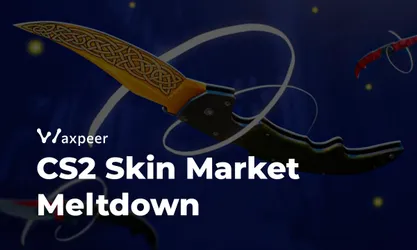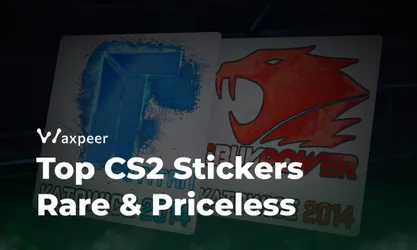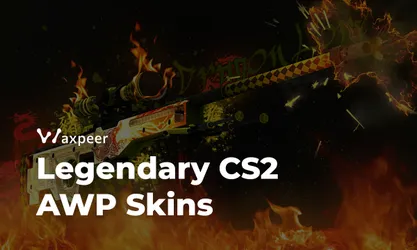Valve's Controversial CS2 Update: Jump-Throw Binds Banned
Valve's latest update for Counter-Strike 2 bans jump-throw binds and automation features, sparking backlash from the community.
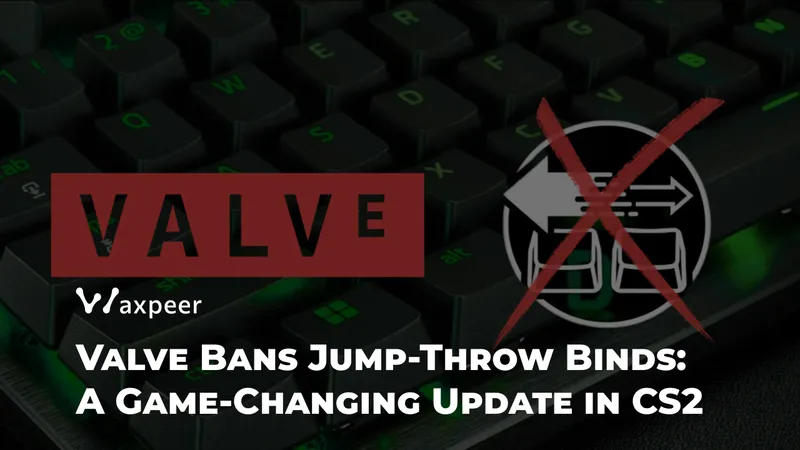
Valve's latest update for Counter-Strike 2 has sparked significant controversy within the community, primarily due to the removal of jump-throw binds and the crackdown on input automation. The update, which aims to preserve the skill-based nature of the game, has been met with criticism from players who feel that Valve's changes are misguided and detrimental to the strategic depth of Counter-Strike.
Valve's Hardline Stance: Automation Is Out
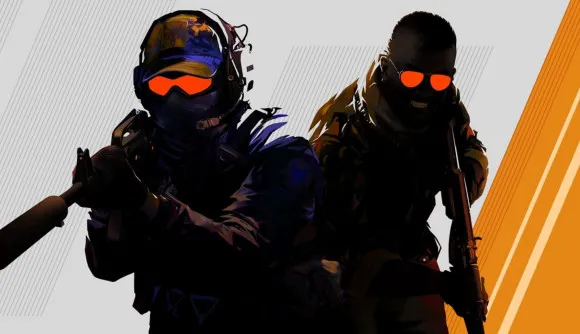
Valve has made it clear that they will no longer tolerate any form of automation that bypasses core gameplay skills like coordination and reaction time. This decision comes in response to the growing use of keyboard features and scripts that allow players to automate certain actions in the game, such as counter-strafing and precise movement. According to Valve, these features undermine the fundamental skills that make Counter-Strike competitive and fair.
As part of the update, Valve introduced several key changes to how input binds and automation are handled:
Detection of Movement/Shooting Automation: On Valve official servers, certain types of automated movement and shooting inputs, particularly those assisted by hardware like Snap Tap, will now be detected and result in a player being kicked from the match.
Disabling Multi-Input Binds: Input binds that include more than one command (e.g., sprint, reload, attack, etc.) will be ignored by default. Players can re-enable this feature using the cheat-protected convar 'cl_allow_multi_input_binds 1'.
Audible Jump-Throw Confirmation: The grunt sound confirming a successful jump-throw will now be audible to nearby players, adding another layer of complexity to gameplay.
The Jump-Throw Bind Controversy
One of the most significant and controversial changes in this update is the banning of jump-throw binds. For years, jump-throw binds have been a staple in both casual and professional play, allowing players to execute precise utility throws that are crucial for advanced strategies. By banning these binds, Valve has removed a tool that many consider essential for maintaining the tactical depth of the game.
Critics argue that this change could lead to a less predictable and more chaotic gameplay experience, as players will no longer be able to rely on precise utility throws. This move has left many wondering if Valve is out of touch with the needs of its player base, particularly at a time when competitive integrity is more important than ever.
Community Backlash: A Frustrated Response
The reaction from the community has been swift and negative. Prominent players like Donk, m0NESY, and s1mple have all expressed their discontent with the update. s1mple, one of the most respected figures in the CS community, went as far as to accuse Valve of dismantling a core aspect of the game, stating that the ban on jump-throw binds destroys a fundamental part of early-stage gameplay.
The timing of this update has only added to the frustration. With the Perfect World Shanghai Major qualifiers just days away, players now have to adapt to these significant changes on short notice. This sudden shift could have a profound impact on the performance of teams, potentially altering the competitive landscape in ways that are difficult to predict.
Outdated Strategies: A New Reality
As a result of these changes, any previously posted guides or strategies involving jump-throw binds and similar features are now outdated. Players who relied on these tactics will need to find new methods to adapt to the updated rules.
Conclusion: Is Valve Losing Touch?
Valve's decision to ban jump-throw binds and crack down on input automation has left the Counter-Strike community questioning whether the developers are losing touch with the needs of their players. While Valve's intentions to preserve the skill-based nature of the game are understandable, the removal of such a crucial tool has raised concerns about the future of strategic play in Counter-Strike.
As the community continues to react to these changes, the impact of this update will be felt across all levels of competitive play. Whether these changes will ultimately benefit the game or hinder it remains to be seen, but one thing is clear: Valve's latest update has sparked a debate that is far from over.
